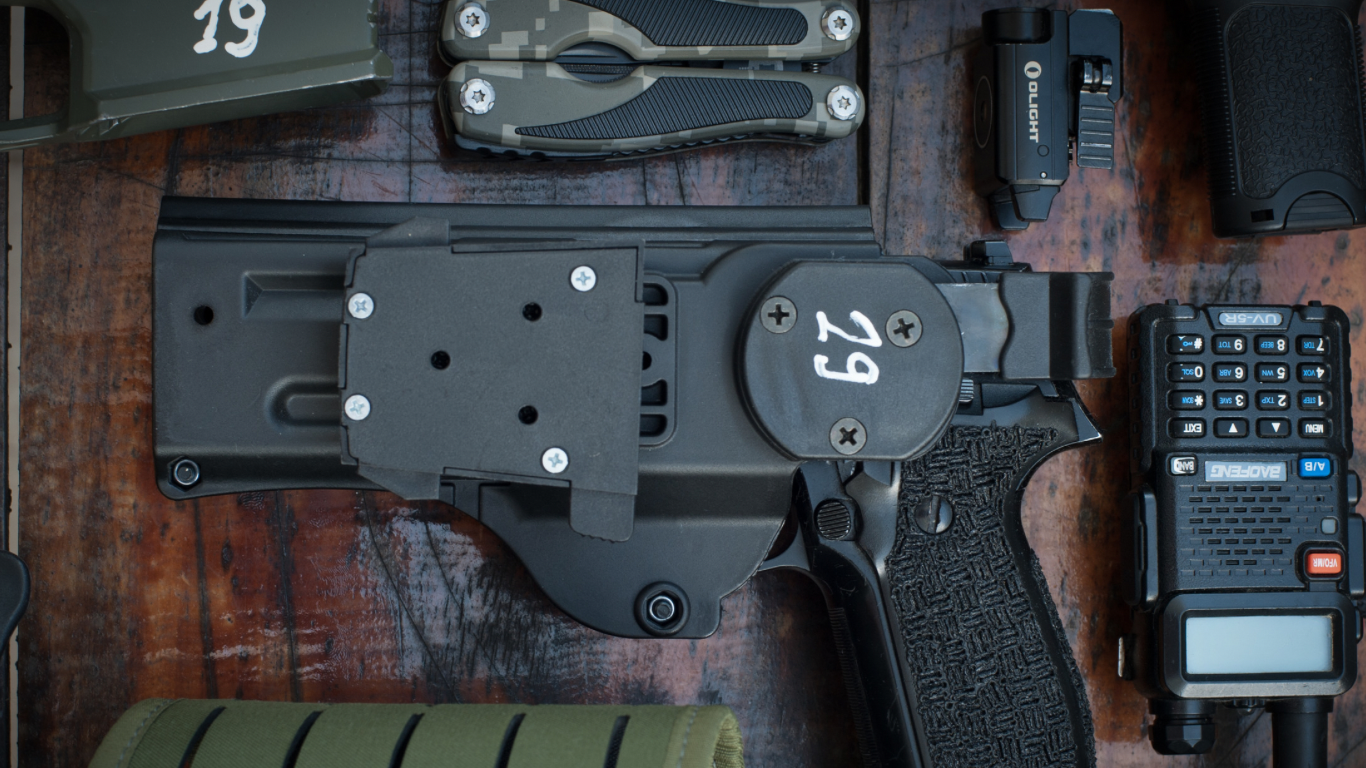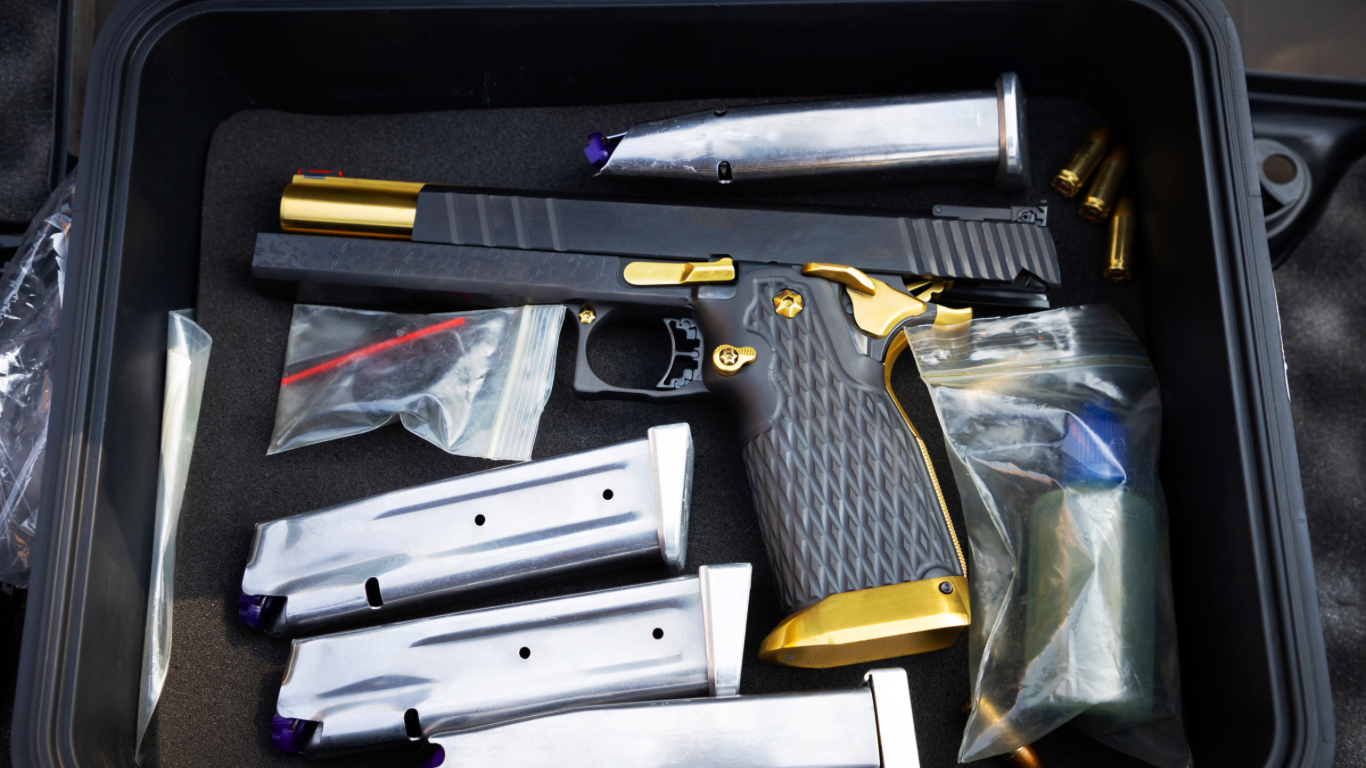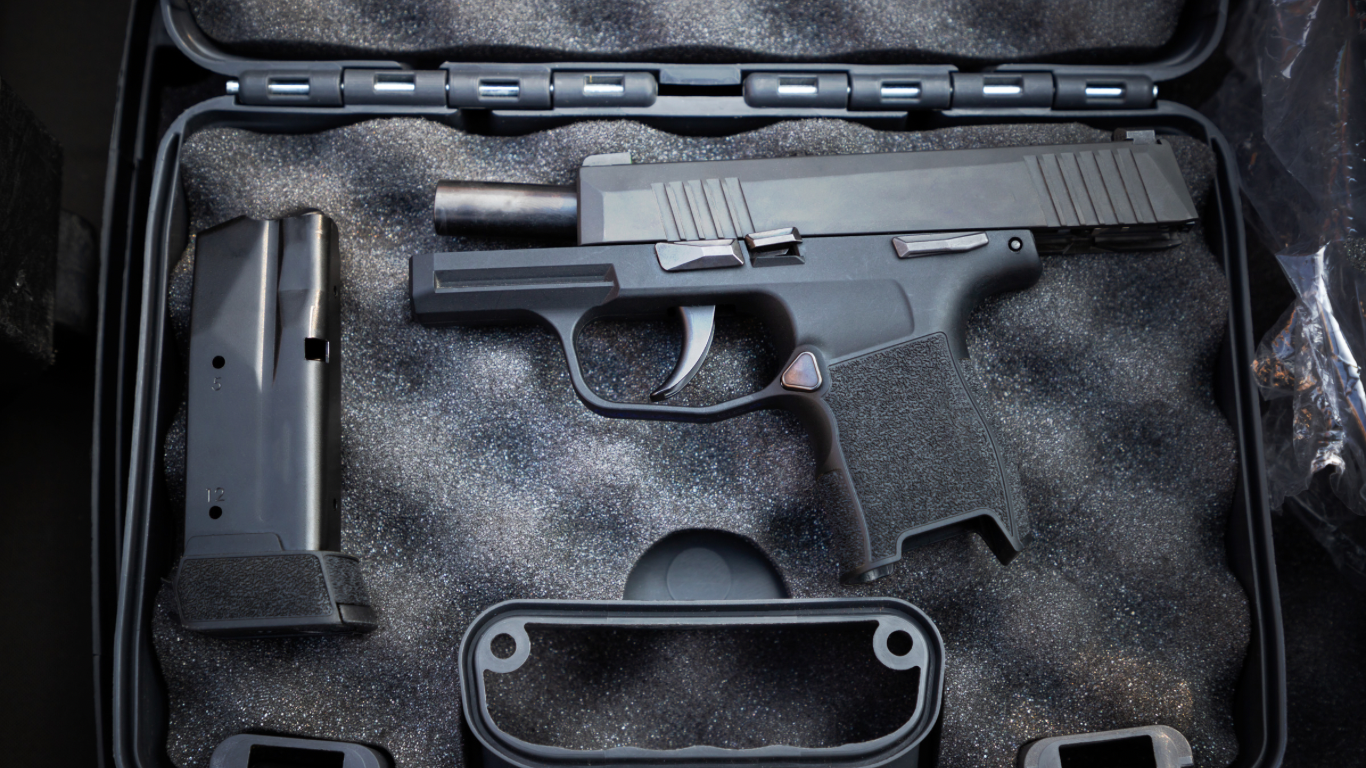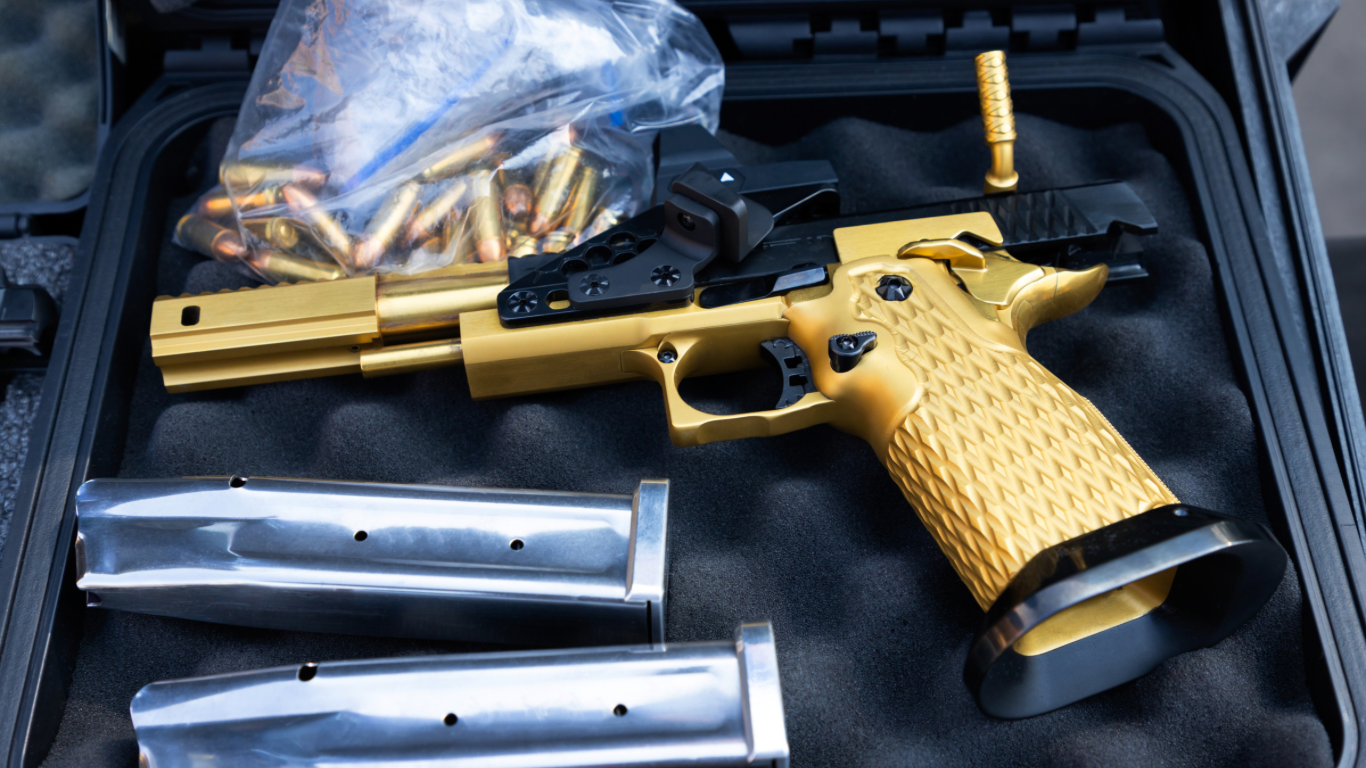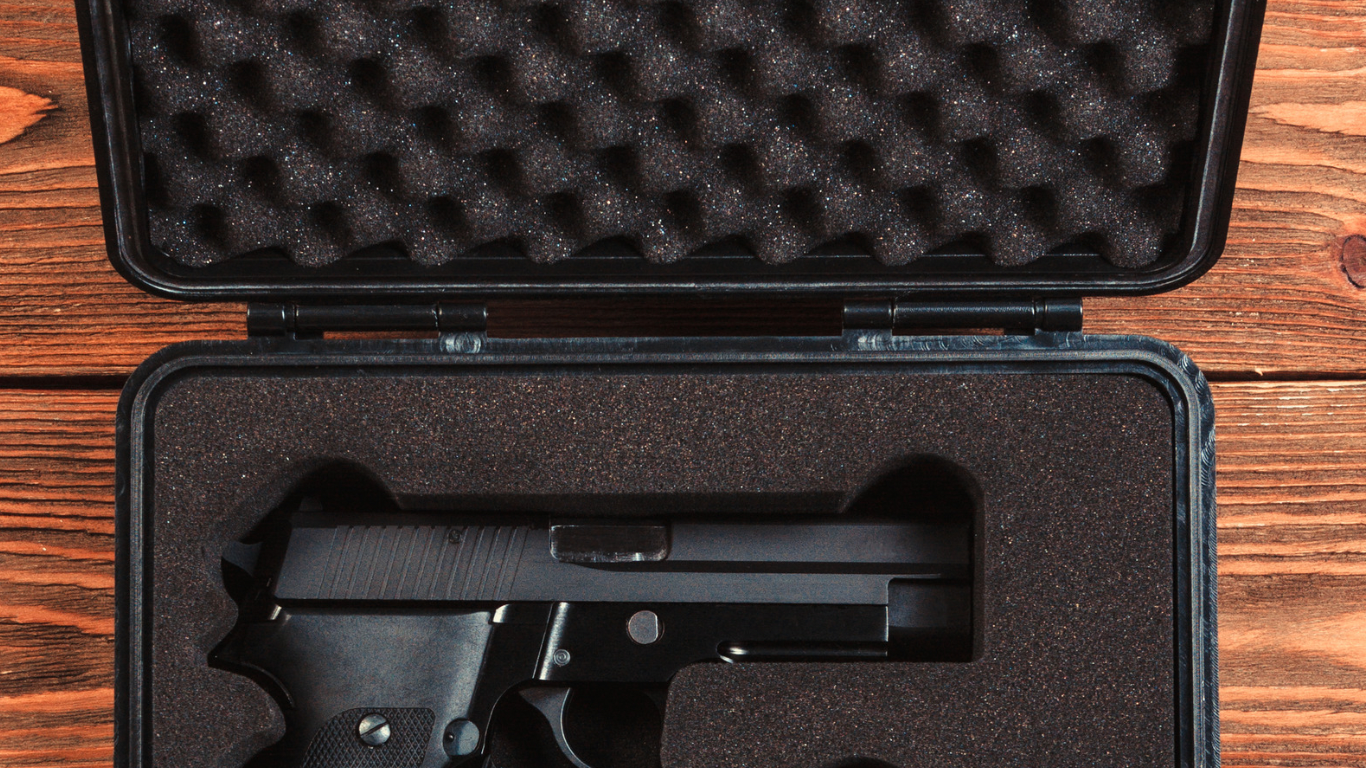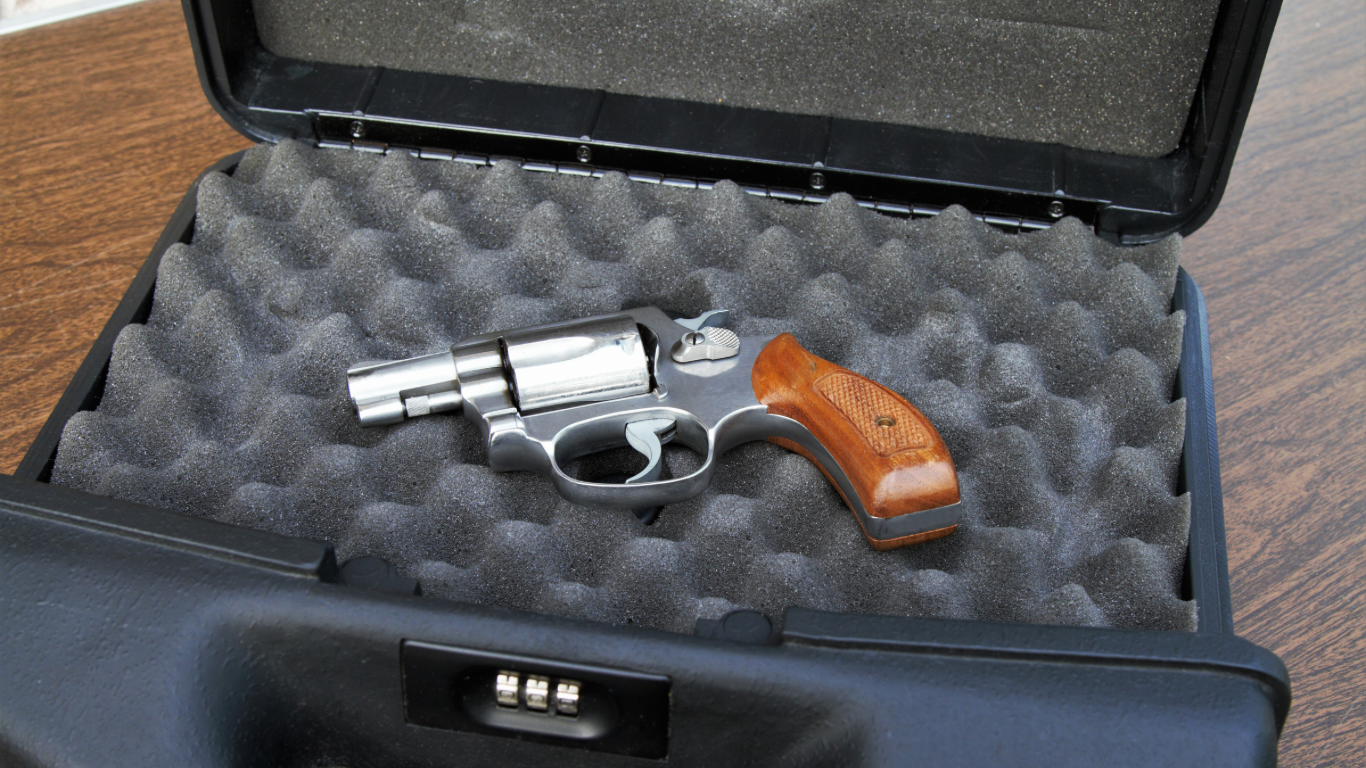When it comes to owning a firearm, it’s important to understand that not only do you need to follow certain regulations when purchasing or using it, but also when it comes to transporting it. Whether you’re traveling to a shooting range, attending a competition, or simply moving your gun from one location to another, it’s important to follow the legal requirements for gun and ammo transportation. This guide will provide you with all the information you need to know to stay within the law and transport your firearms and ammo safely.
Check your state and federal laws
The first step to staying within the law when it comes to gun and ammo transportation is to familiarize yourself with the regulations in your state and on a federal level. Each state has its own set of rules and regulations, and it’s important to stay up to date with any changes. Additionally, federal law dictates certain regulations that must be followed when transporting firearms and ammunition across state lines. It’s important to do your research to ensure that you are following all the necessary laws before you transport your firearms and ammo.
Secure your firearms
When you’re transporting your firearms, it’s important to secure them properly. You may choose to use a gun case or bag to transport your firearm, or you may need to transport it unloaded and in a locked container. It’s important to check state and federal laws to determine the proper way to transport your firearm. Additionally, you should never leave your firearm unattended in your vehicle, as this can be a safety hazard and may lead to theft.
Transporting ammunition
In addition to the regulations around transporting firearms, there are also regulations regarding the transportation of ammunition. Ammunition must be transported in its original container, or in a container specifically designed for ammunition. It’s important to ensure that the ammunition does not move around or become loose during transportation, as this can be a safety hazard. Additionally, some states have limits on the amount of ammunition that can be transported at one time, so be sure to check the regulations in your state before transporting your ammunition.
Traveling by air
If you’re traveling by air with your firearm and ammunition, there are additional regulations you must follow. Firearms should always be transported in a hard-sided container and must be unloaded and locked. Ammunition can be transported in checked baggage, but it must be properly stored in a container specifically designed for ammunition. You must also declare your firearm and ammunition to the airline when checking in, and you may be required to fill out additional forms or provide identification.
Seek professional advice
If you’re uncertain about the regulations regarding gun and ammo transportation, it’s always best to seek professional advice. This could include consulting with an attorney who specializes in firearm law, contacting your local police department, or speaking with the Transportation Security Administration (TSA) if you’re traveling by air. By seeking advice and guidance from professionals who understand the regulations and laws, you can ensure that you’re staying within the law and transporting your firearms and ammunition safely.
Conclusion
Transporting firearms and ammunition requires careful planning and attention to detail to ensure that you’re staying within the law and keeping yourself and others safe. By checking state and federal regulations, securing your firearms, properly transporting ammunition, following regulations when traveling by air, and seeking professional advice when necessary, you can ensure that you’re doing everything within your power to stay within the law and transport your firearms and ammunition legally and safely. Always remember that safety should be your top priority, and by following these guidelines, you can ensure that transporting your firearms and ammunition is done with the utmost care and attention.
